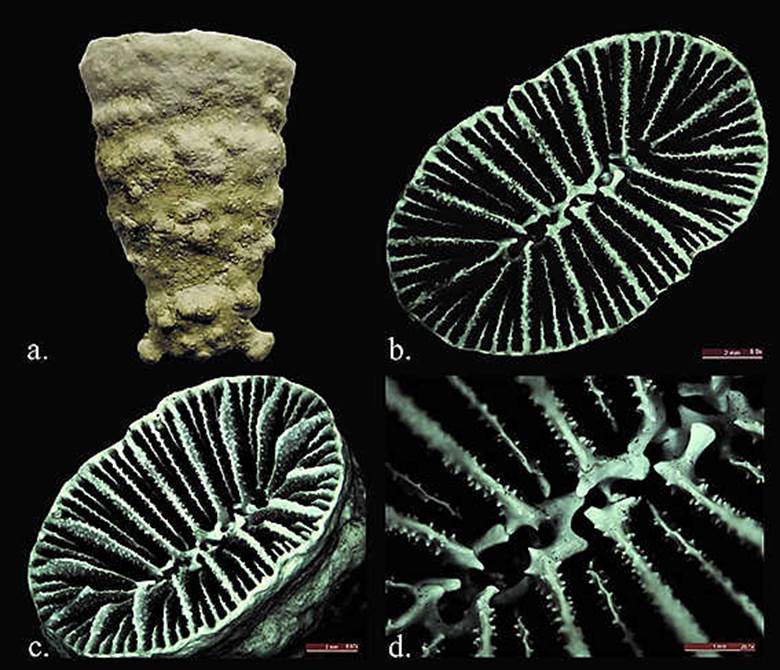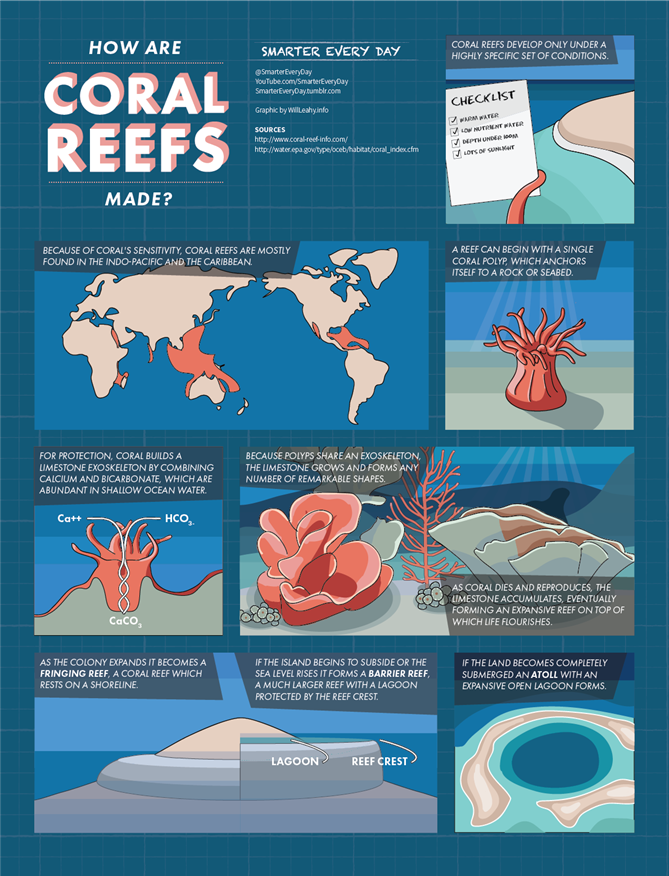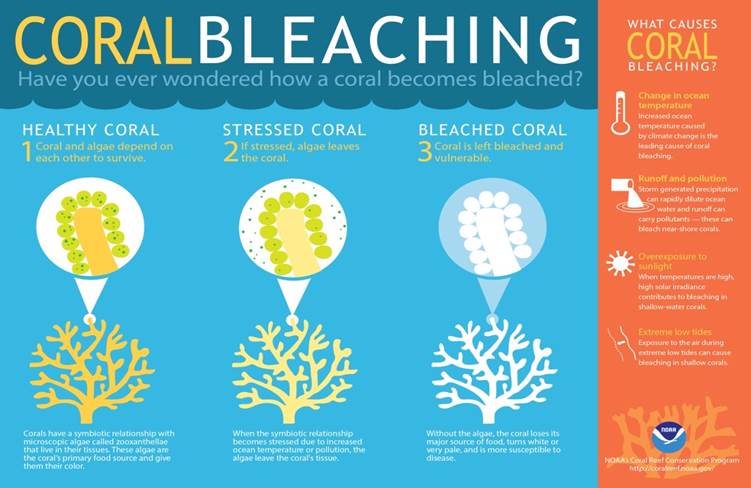Description

Copyright infringement is not intended
Context: Four new corals recorded from Indian waters. The species newly found off Andaman and Nicobar Islands belong to same family
More on the news:
- These new species of azooxanthellate corals were found from the waters off the Andaman and Nicobar Islands.
- The azooxanthellate corals are a group of corals that do not contain zooxanthellae and derive nourishment not from the sun but from capturing different forms of planktons.
- They are deep-sea representatives with the majority of species being reported from depths between 200 metres and 1,000 metres. They are also reported from shallow waters unlike zooxanthellate corals that are restricted to shallow waters.
- All the four groups of corals are from the same family, Flabellidae.
- Truncatoflabellum crassum (Milne Edwards and Haime, 1848), T. incrustatum (Cairns, 1989), T. aculeatum (Milne Edwards and Haime, 1848), and T. irregulare (Semper, 1872) under the family Flabellidae were previously found in Japan, the Philippines and Australian waters, while only T. crassum was reported with the range of Indo-West Pacific distribution.
- Azooxanthellate corals are a group of hard corals and the four new species recorded are not only solitary but have a highly compressed skeletal structure.
- Degradation and loss of coral reefs can affect about 4.5 million people in southeast Asia and the Indian Ocean, according to the Intergovernmental Panel on Climate Change (IPCC)’s Sixth Assessment Report on Impacts, Adaptation and Vulnerability.
- Corals occupy only 0.1% of the global sea surfaces; but more than 25% of marine biodiversity is supported by them.
- Due to global warming and anthropogenic activities coral reefs are being bleached and are dying due to rising temperature, ocean acidification and sea level rise
- The report added that regional long-term trends and inter-decadal variations were observed in coral growth and sea surface temperatures in the South China Sea.
- Report pointed out that the increase in pathogen abundance (virulence) and increase in susceptibility of the host reef, has led to a rise in the severity of coral diseases. It has also led to the decline in coral reef community composition.
What are corals?
- Corals exhibit characteristics of plants but are marine animalsthat are related to jellyfish and anemones.
- Coral polyps are tiny, soft-bodied organisms. At their base is a hard, protective limestone skeleton called a calicle, which forms the structure of coral reefs.
- Reefs begin when a polyp attaches itself to a rock on the seafloor, then divides, or buds, into thousands of clones.
- The polyp calicles connect to one another, creating a colony that acts as a single organism.
- As colonies grow over hundreds and thousands of years, they join with other colonies, and become reefs.
- There are soft corals as well, which are non-reef-building, and resemble bushes, grasses, trees.

Why are coral reefs important?
- Coral reefs are like underwater cities that support marine life.
- According to the UN Environment programme, they provide at least half a billion people around the world with food security and livelihoods.
- Coral reefs also act as ‘wave breaks’ between the sea and the coastline and minimise the impact of sea erosion.
- In India, they are protected in the same way as the tiger or elephant, under Schedule I of the Wildlife Protection Act (WPA), 1972.
What poses a threat to coral reefs?
- Climate change remains one of the biggest threats to corals.
- This threat has been visible in the “bleaching” of corals.
- Bleaching is a process during which corals, under stress from warm weather, expel the algae that give corals their brilliant colours and live in their tissues and produce their food.

- The Great Barrier Reef off the coast of Australia, a UNESCO World Heritage site and home to one of the largest collections of coral reefs on the planet, has suffered six mass bleaching events due to warmer than normal ocean temperatures: in 1998, 2002, 2006, 2016, 2017, and now 2020.
https://epaper.thehindu.com/Home/ShareArticle?OrgId=GP49V1KRJ.1&imageview=0
1.png)














